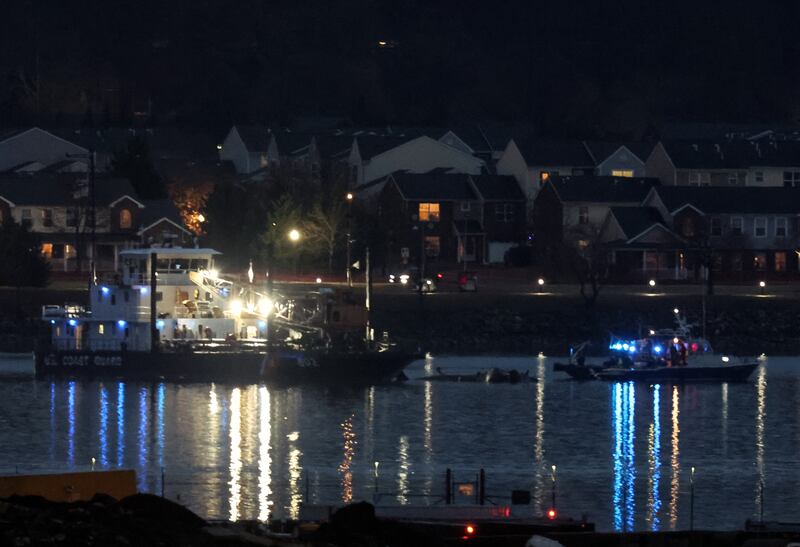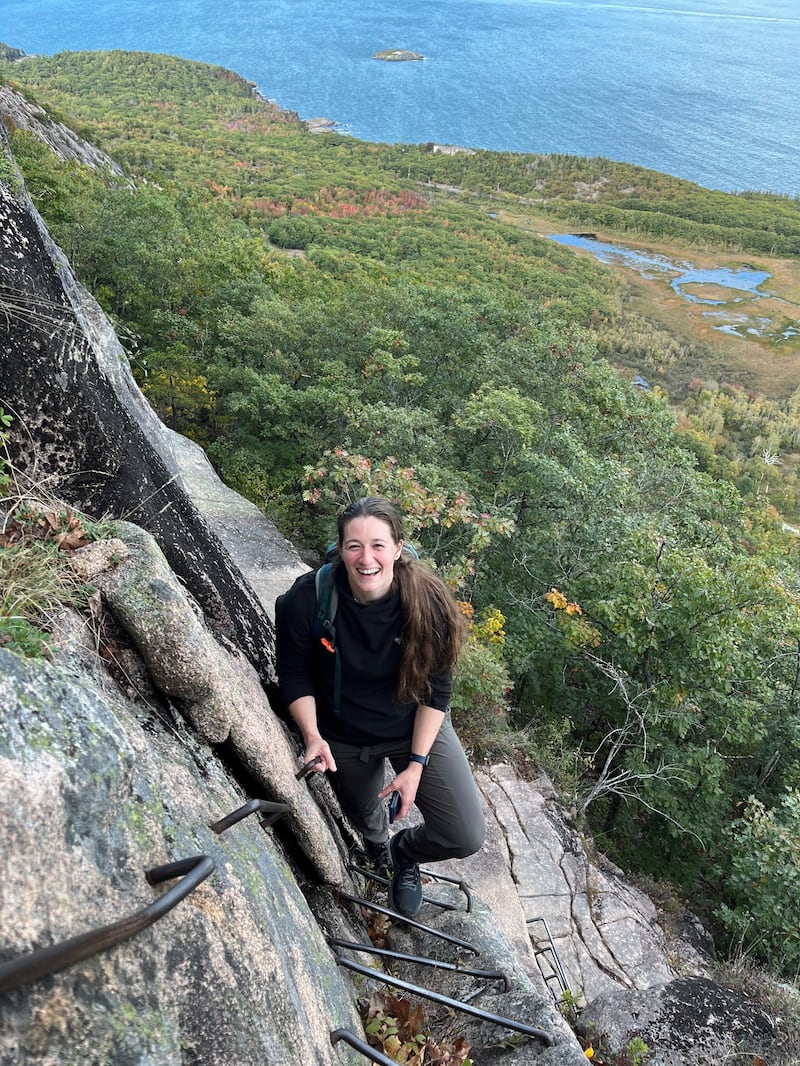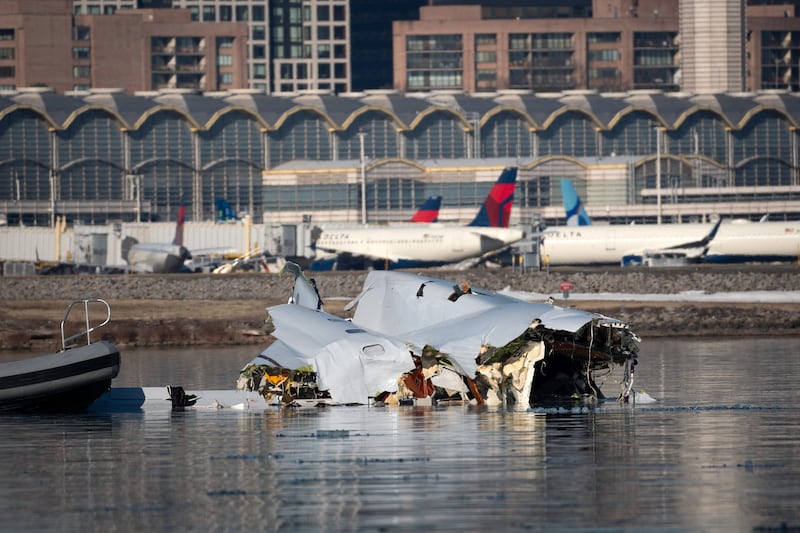A Black Hawk helicopter pilot who collided with a passenger plane over Washington D.C. in January reportedly failed to follow instruction from her co-pilot to change course seconds before the crash.
In a new report published Sunday, The New York Times details the many missteps that led to the fatal collision near Ronald Reagan National Airport earlier this year, which killed all three military personnel aboard the helicopter and all 60 passengers, plus four crew members, aboard American Airlines Flight 5342 flying in from Kansas.
Capt. Rebecca M. Lobach, who joined the Army in 2019, was piloting the helicopter as part of an annual flight exam, according to The Times. Her co-pilot, Chief Warrant Officer 2 Andrew Loyd Eaves, was also serving as her flight instructor while a third crew member, Staff Sgt. Ryan Austin O’Hara, was helping with technical equipment in the back.

When air traffic controllers at the airport notified the crew that a passenger aircraft was entering its vicinity, they acknowledged the information and asked to employ “visual separation”—a practice where pilots rely on their own observations of their surroundings to avert nearby traffic, instead of following guidance from controllers.
The Times’ investigation found that, among many errors that culminated into the crash, two integral missteps on behalf of the helicopter were: The helicopter’s failure to descend below the maximum altitude for its route, and Lobach seemingly failing to heed instruction from Eaves to turn left seconds before the crash.

The Black Hawk was supposed to descend to 200 feet in the minutes leading up to the crash, but was still flying above the benchmark.
Then, after receiving another alert from air traffic control on the passenger plane’s location (which The Times notes was likely cut off), Eaves reportedly told Lobach “he believed that air traffic control wanted them to turn left” 15 seconds before crossing paths with the aircraft.

“Turning left would have opened up more space between the helicopter and Flight 5342, which was heading for Runway 33 at an altitude of roughly 300 feet,” The Times wrote. “She did not turn left.”
The Federal Aviation Administration told the Daily Beast it does “not comment on active investigations,” and clarified the National Transportation Safety Board “will provide all updates” following its investigation.
Errors within the helicopter were among many factors that contributed to the tragic collision on January 29, with a safety report from the FAA at the time noting that staffing at the airport’s control tower was “not normal for the time of day and volume of traffic.”
The National Transportation Safety Board has ensued an ongoing investigation into the collision, with a final report slated to be released in early 2026.






